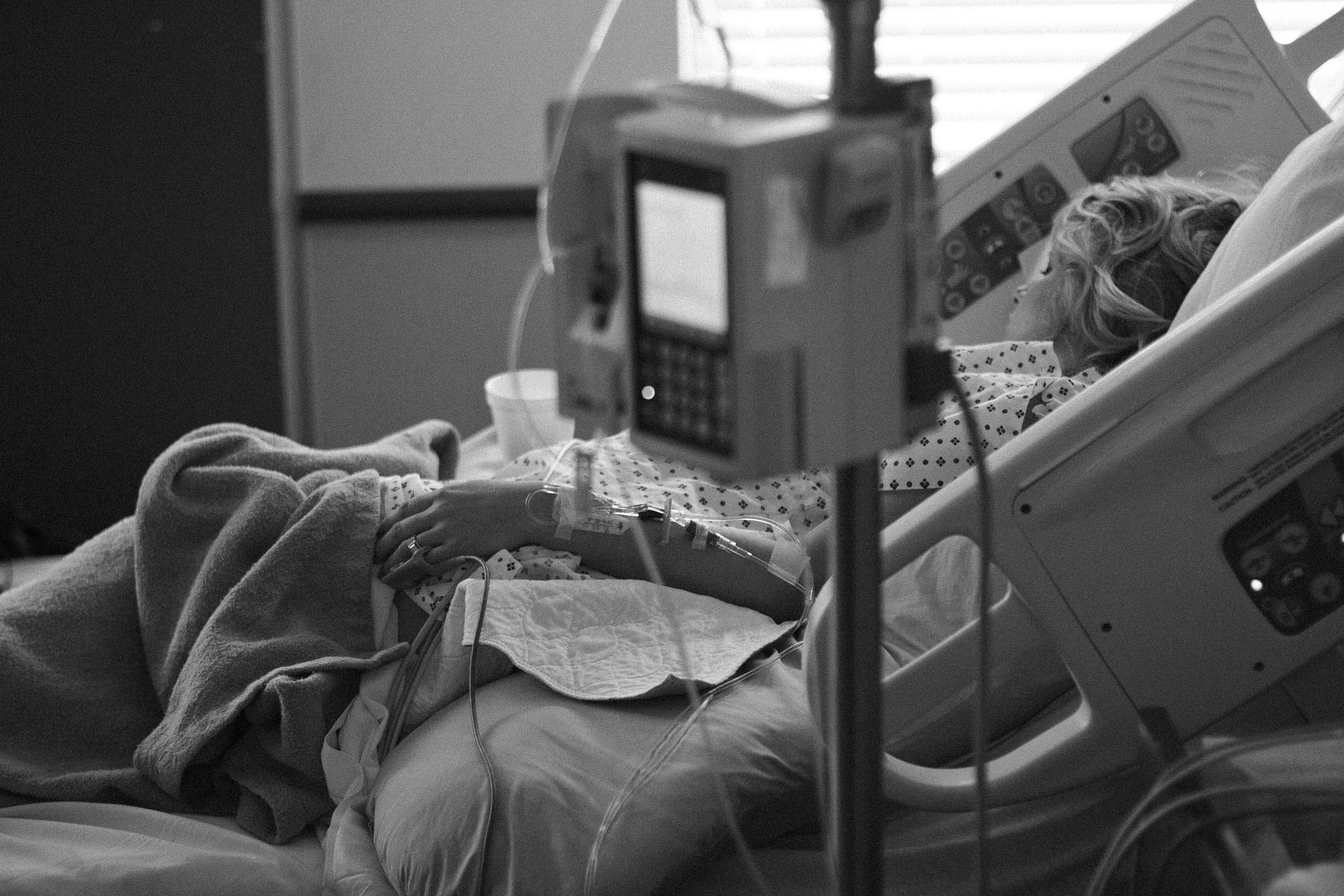COVID-19 Rebound Found More in Hospitalized Patients With Existing Health Problems
A new retrospective study found non-oxygen-dependent COVID-19 patients were more likely to experience this phenomenon if they were immunocompromised, receiving concomitant corticosteroids, or had comorbidities.

Hospitalized COVID-19 patients who were not oxygen-dependent but were immunocompromised, receiving concomitant corticosteroids, or already dealing with other health issues were more likely to experience a viral COVID-19 rebound than other patients, according to a new study.
The study's findings were published in The Lancet Infectious Diseases.
“Patients with COVID-19 rebound after oral antiviral treatment in our cohort had more pre-existing comorbidities than those without COVID-19 rebound,” the investigators wrote...Increased odds of rebound were apparent in specific patient subgroups.”
Overall, the investigators noted that the viral COVID-19 rebound was experienced by a minority of hospitalized patients, between 4%-7%, depending on the individual cohort, which was broken up into 3 groups including a nirmatrelvir–ritonavir (Paxlovid) group, a molnupiravir (Lageviro) group, and a control group, which received no oral antiviral treatment.
“Viral burden rebound occurred in 16 of 242 patients (6·6% [95% CI 4·1–10·5]) receiving nirmatrelvir–ritonavir, 27 of 563 (4·8% [3·3–6·9]) receiving molnupiravir, and 170 of 3787 (4·5% [3·9–5·2]) in the control group,” the investigators wrote.
“Immunocompromised status was associated with increased odds of viral burden rebound across the groups (nirmatrelvir–ritonavir: OR 7·37 [95% CI 2·56–21·26], p=0·0002; molnupiravir: 3·05 [1·28–7·25], p=0·012; control: 2·21 [1·50–3·27], p<0·0001),” the investigators wrote.
For those taking nirmatrelvir–ritonavir, there was an increased chance of a viral rebound in several groups. “The odds of viral burden rebound were higher in those aged 18–65 years (vs >65 years; 3·09 [1·00–9·53], p=0·050), those with high comorbidity burden (6·02 [2·09–17·38], p=0·0009), and those concomitantly taking corticosteroids (7·51 [1·67–33·82], p=0·0086), whereas the odds were lower in those who had not been fully vaccinated (0·16 [0·04–0·67], p=0·012),” the investigators wrote.
“In patients taking molnupiravir, those aged 18–65 years (2·68 [1·09–6·58], p=0·032) or receiving concomitant corticosteroids (3·11 [1·23–7·82], p=0·016) had increased odds of viral burden rebound," the authors wrote.
The investigators reviewed the records of 4592 hospitalized patients with non-oxygen-dependent COVID-19, including 1998 women and 2594 men, during the omicron BA22 wave in Hong Kong, China, in the observation period from Feb 26, 2022 to July 3, 2022.
“Based on observations in this population-wide retrospective cohort of hospitalized COVID-19 patients, we conclude that viral burden rebound was not a common event, and was observed with or without oral antiviral use,” the investigators wrote.
